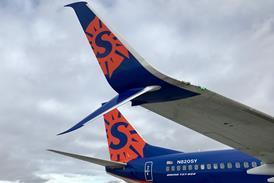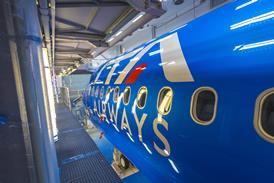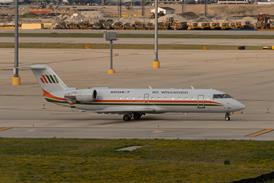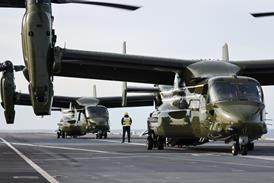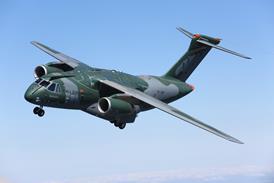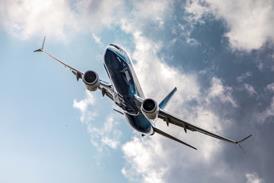The US aerospace industry is facing its biggest-ever challenge and can no longer expect to survive on a diet of massive federal spending
The largest aerospace industry in the world is in crisis. That is the only conclusion one can come to after reading the final report of the Commission on the Future of the US Aerospace Industry. It is the conclusion the authors want the report's readers to reach. In particular, they want US lawmakers to read the report and see an industry in need of urgent government policy action.
For the industries of other countries, competing against US companies in their domestic markets and for export business, it could be hard to view the US aerospace sector as an industry in crisis. True, Europe is drawing level in commercial aviation, but in defence and space the USA's technological lead seems to increase almost daily, fuelled by recent massive rises in research and procurement funding.
But before the rest of the world dismisses the aerospace commission's final report as a work of nationalistic rhetoric, it is worth a read. The report reveals more about the US industry than its authors possibly intended, and many of the challenges outlined will seem familiar to the industries of other nations. And some of the proposed solutions could be worth bringing to the attention of their governments.
The US aerospace industry is a victim of its own success. Years of undisputed leadership of the sector have left the public and government complacent about the importance of the industry's health and vitality to the US economy and security. The report acknowledges that leadership was built up thanks to massive federal spending on defence and infrastructure, and laments that there is now insufficient government investment in aerospace.
Underpinning the report is the acknowledgement that the USA is about to lose its commercial aerospace lead. In the years of superpower confrontation, this would not have been seen as a crisis, but the decline in defence spending since the end of the Cold War means that, as the report says, "for the first time in US history aerospace companies must succeed commercially to remain viable - if they do not, the nation will lose its defence industrial base".
Losing the technological and manufacturing leadership that underpins US security is a crisis, or at least the report's authors hope lawmakers will see it that way. They recommend several domestic remedies to restore and maintain the industry's vigour. Stable government funding for aerospace is one, as is stable investment on core competencies. US defence spending has always been as cyclical as the commercial aviation market, but the industry was once robust enough to ride the peaks and troughs. Not any longer, the report concludes. Revenue growth, profit margins, liquidity and market capitalisation are so low that many companies might not survive another slump.
The report describes an industry that must export to survive - a relatively recent concept for many US companies, but one that the aerospace sectors of most other countries are familiar with. With the health of the US defence industrial base inextricably linked to the industry's performance in commercial and international markets, the report has much to say about the fairness of global trading.
Europe, as the USA's largest customer and biggest competitor, comes under close scrutiny - and particularly the actions of governments in providing launch aid for commercial aircraft and engine programmes. The commission's call for the US government to challenge "illegal subsidies" through the World Trade Organisation is one of the more worrying aspects of the report.
The USA is clearly winding itself up to challenge the legality of European launch aid for Airbus, and particularly for the A380 large airliner. The US government calculates that over 75% of total development costs for Airbus aircraft have paid by European governments, and estimates only 25% has been repaid.
It would be easy to conclude that the USA is upset that Boeing's share of the worldwide airliner market is declining and that Airbus is set to take the lead - helped by some large orders from US airlines. But that would oversimplify the situation. The report explicitly ties the USA's ability to defend itself to the aerospace industry's success in global commercial markets.
The report also acknowledges that European governments, unwilling to spend more on defence, see launch aid for commercial programmes as a way to sustain the region's industrial base. Here is the crux of the issue. Beneath all the rhetoric, the challenges facing industry on both sides of the Atlantic are the same. Sustaining and invigorating the industrial base is the key. If the challenges are the same, so might be the solutions.
Source: Flight International

